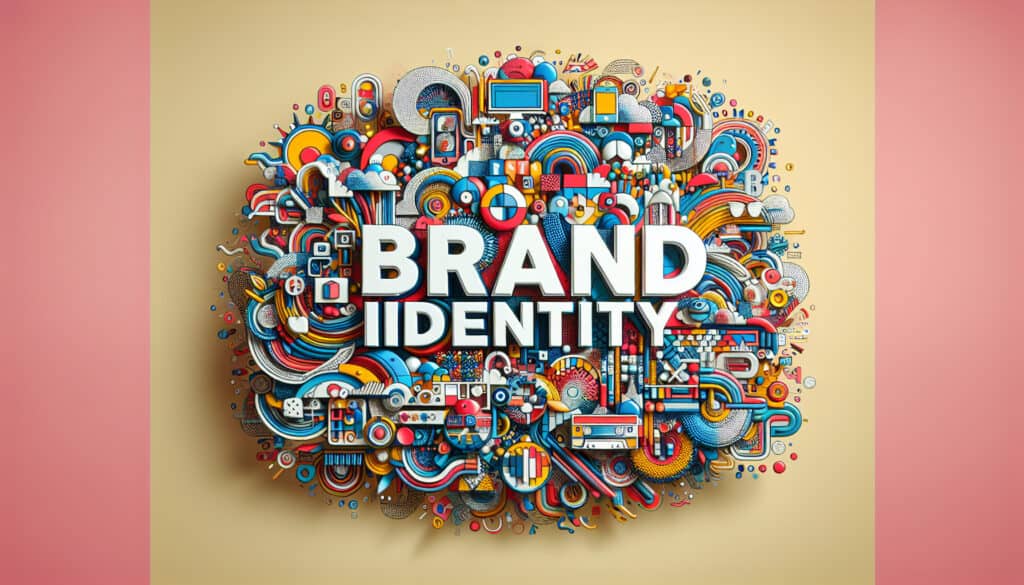The visible elements of a brand, such as color, design, and logo, that identify and distinguish the brand in consumers’ minds.
- Methodologies: Engineering, Quality
Brand Identity

Brand Identity
- Brand Positioning, Branding Strategies, Customer Experience, Product Branding, Product Differentiation, Product Positioning, User experience (UX), User Interface (UI), Visual Design
Objective:
How it’s used:
- It's the collection of all tangible elements a company creates to portray a specific image to its target audience. It is communicated through logos, typography, color palettes, and messaging.
Pros
- Creates differentiation and recognition, builds customer loyalty and trust, and communicates the company's personality and values consistently.
Cons
- Can be costly and time-consuming to develop and implement, requires strict consistency to be effective, and may need to evolve over time, which can be a complex process.
Categories:
- Customers & Marketing, Product Design
Best for:
- Creating a memorable, consistent, and visually recognizable impression of the brand across all platforms.
Brand identity extends beyond visual elements to encompass the emotional connection and perceived value that consumers associate with a business. Effective application can be seen in industries such as technology, where companies like Apple leverage sleek design and minimalist branding to convey innovation and premium quality. The methodology can be particularly beneficial during the development phase of new products, where established identity elements guide design decisions and user experience strategies. Marketing teams, product designers, and brand strategists typically take the lead in shaping brand identity, ensuring consistent application throughout various customer touchpoints, including advertising campaigns, product packaging, and social media presence. Additionally, a well-defined brand identity motivates cross-departmental collaboration, aligning product design with marketing initiatives, thereby enabling a unified representation of the brand. This methodology can also adapt to evolving market demands; for example, companies may refresh their brand identity to better resonate with emerging consumer trends or demographic shifts, which can capture new audiences while retaining existing customer loyalty. Recognizing cultural nuances is also important, as brand identity should resonate on a global scale yet be sensitive to local contexts, enhancing relevance and connection.
Key steps of this methodology
- Define brand mission and core values.
- Create a unique value proposition.
- Develop brand personality and tone.
- Design visual elements including logo and color palette.
- Select typography that reflects the brand.
- Create guidelines for brand usage across platforms.
- Implement and integrate brand identity in all communication channels.
- Review and refine brand identity based on feedback and performance.
Pro Tips
- Utilize data-driven audience research to inform brand identity elements, ensuring relevance and resonance with target demographics.
- Implement a comprehensive style guide encompassing all visual and verbal communications to maintain cohesion across diverse channels and touchpoints.
- Regularly evaluate and adapt brand identity through feedback loops and market changes, allowing for evolution while retaining core values and recognition.
To read and compare several methodologies, we recommend the
> Extensive Methodologies Repository <
together with the 400+ other methodologies.
Your comments on this methodology or additional info are welcome on the comment section below ↓ , so as any engineering-related ideas or links.
Historical Context
1960
1980
1983
1990
1995
2000
2010
1950
1980
1980
1986
1994
1995
2000
(if date is unknown or not relevant, e.g. "fluid mechanics", a rounded estimation of its notable emergence is provided)














Related Posts
Musculoskeletal Discomfort Questionnaires
Multivariate Testing (MVT)
Multiple Regression Analysis
Motion Capture Systems
MoSCoW Method
Mood’s Median Test